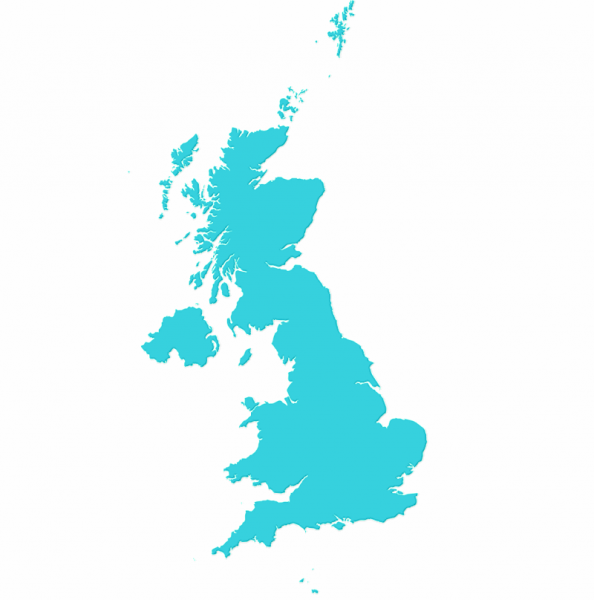Building Digital UK Reveals Gov’s Gigabit Broadband Build Progress

The Government’s Building Digital UK agency has published its annual performance report (accounts here), which provides breakdowns of how many premises in the United Kingdom have received gigabit-capable broadband coverage as a result of their public subsidy (i.e. funding provided under the prior “Superfast Broadband” programme and the current £5bn Project Gigabit scheme).
The data itself doesn’t carry any particular surprises, but it does provide some additional context that we don’t normally get from the regular updates. In terms of the headline figures, BDUK estimates that its interventions delivered 143,900 premises with gigabit-capable coverage between 1st April 2023 and 31st March 2024.
The figure means that an estimated 1,064,500 total premises have been given gigabit-capable coverage by BDUK’s gigabit programmes so far (including those built in the years prior to Project Gigabit), which we assume is almost entirely from full fibre / FTTP builds.
Advertisement
Of the premises covered by BDUK in this period (2023-2024):
➤ 92% (132,700) were rural, compared to 23% of all premises in BDUK’s premises base in the UK being classed as rural
➤ 43% (62,400) previously received speeds below 30 Mbps
➤ 8% (11,100) were delivered under our new Gigabit contracts (Government Infrastructure Subsidy scheme)
A premises is counted as provided with gigabit-capable coverage (or ‘passed’) when it is possible to access a gigabit-capable service for the supplier’s standard price and be connected in the supplier’s standard timescale. We count both directly subsidised premises as well as uncommercial premises that were not directly funded but received connections as a result of nearby BDUK-funded projects; as a result, all premises passed figures are estimates based on a combination of raw supplier data and modelled estimates.
We covered 17,300 fewer premises between 1 April 2023 and 31 March 2024 compared to the previous year due to the wind down of delivery under the Superfast Broadband Programme.
Project Gigabit aims to help extend broadband ISP networks capable of delivering download speeds of at least 1000Mbps (1Gbps) and uploads of at least 200Mbps to “nationwide” levels of UK coverage (c.99%) by 2030 (here). The project has already committed around £3bn of its budget and covered over 85% of premises, but there are still some big contracts yet to be awarded, and the delivery phase will take several years to fully complete.
Sadly, BDUK has not yet provided a useful breakdown of progress by each awarded Project Gigabit contract, which is a serious oversight of the new programme that should be addressed. But we do get this, and there’s also a deeper regional breakdown available.
| Country | Total premises passed to 31 March 2024 | Between 1 April 2023 and 31 March 2024 | Between 1 April 2022 and 31 March 2023 (r) | Between 1 April 2021 and 31 March 2022 (r) | By 31 March 2021 (r) |
| England | 744700 | 93600 | 94100 | 98400 | 458600 |
| Northern Ireland | 126000 | 21000 | 40200 | 32600 | 32200 |
| Scotland | 81500 | 24000 | 17700 | 6800 | 33000 |
| Wales | 112200 | 5400 | 9100 | 13000 | 84700 |
| TOTAL | 1,064,500 | 143,900 | 161,200 | 150,800 | 608,500 |
Mark is a professional technology writer, IT consultant and computer engineer from Dorset (England), he also founded ISPreview in 1999 and enjoys analysing the latest telecoms and broadband developments. Find me on X (Twitter), Mastodon, Facebook, BlueSky, Threads.net and Linkedin.
« Confusion as New UK Mobile Operator Ymobile Suddenly “Pauses” Service





















































Well I live down in Dover on Melbourne estate. I found out I’m going to have to 4 years longer to get the fibre optic